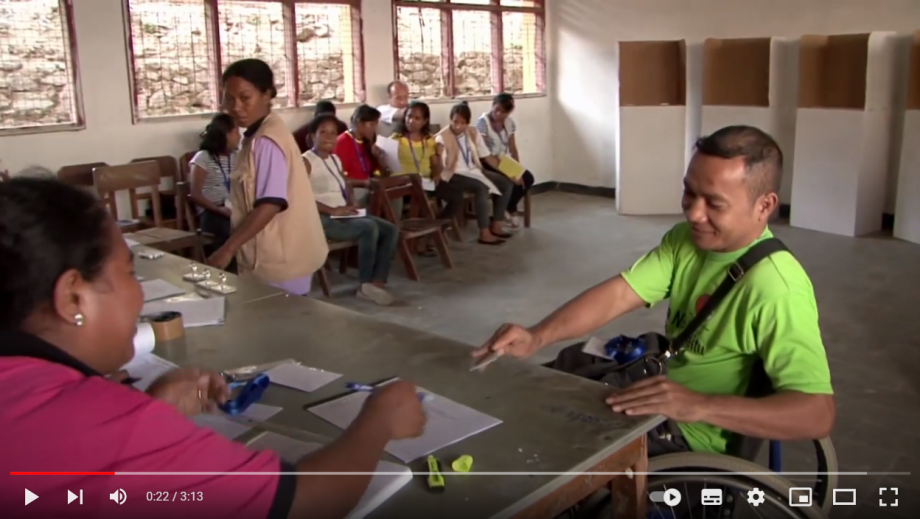What is participation
Understanding the concept of meaningful and effective participation as opposed to symbolic or ‘fake’ participation (tokenism) will help you to implement it as well as to advocate for it.
Participation is widely used in different contexts with no clear definition. In a broad political context, participation is defined as the political involvement of citizens through elections, activities affiliated with political parties or demonstration and protest culture. More generally speaking participation is an approach to foster the consultation and active involvement of individuals or groups in a project, programme or activity.
Participation is an approach to foster the consultation and active involvement of individuals or groups in a project, programme or activity.
Not every format that initially appears participatory meets the demands for participation in the sense of decision-making power. Far too often, only symbolic participation takes place. Participation needs time, and this time must be planned for. Time pressure and tight deadlines for submitting proposals are very common in the development sector. As a result, persons with disabilities and other marginalised groups have little or no opportunity to truly bring in their perspective, communicate their needs, and be considered from the beginning.
At first glance it is not always obvious to identify forms of tokenism. Tokenism is a ‘participatory’ approach that can be characterized as a perfunctory effort or a symbolic gesture. These could be processes that have purely informational character or consultative processes that have little or no further impact on changing the status quo. The primary aim of those actions is to prevent criticism and keep up appearances.
Each of us must question the options for meaningful participation in the processes we initiate or take part in. The willingness to apply participatory methods alone is not sufficient to reach and involve marginalised, often poorly organised groups. Despite explicit commitments, measures too often bypass them. When participating in a consultation process or organising one, it is always helpful to reflect the process itself:
- Every community is unique. Think about the community of your participatory process. Who is part of it? Is everybody present? If not, what can you do to ensure it? To understand the composition of the community and to identify relevant stakeholders for participation processes, it is advisable to include a participatory community mapping within your project cycle management.
- At what stage of the process are participatory methods taking place? Is there still time and possibility for changes?
- What happens with the feedback that is provided? Will there be updates on next stages and developments?
Political participation of persons with disabilities
Typology: The ladder of citizen participation
Scientific research around participation works primarily with typologies. Particularly in the 1990s, a number of schemes developed. The foundation for the history of typologies was laid as early as 1969 by Sherry Arnstein, whose ‘Ladder of Citizen Participation’ is still frequently received today.
You can read more about the different steps of the ladder here.
Further reading
- IDA (2022): Not just ticking the disability box? Meaningful OPD participation and the risk of tokenism.
- Partos (2020): Power Awareness Tool.
